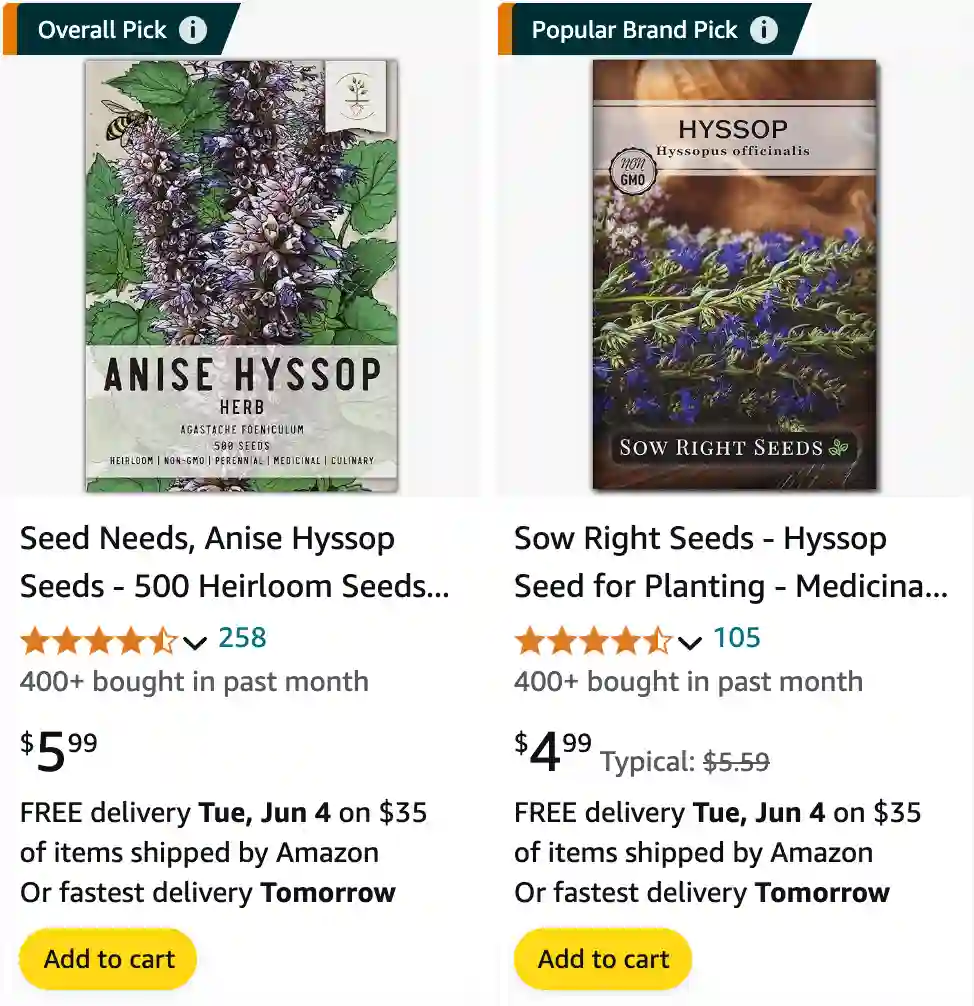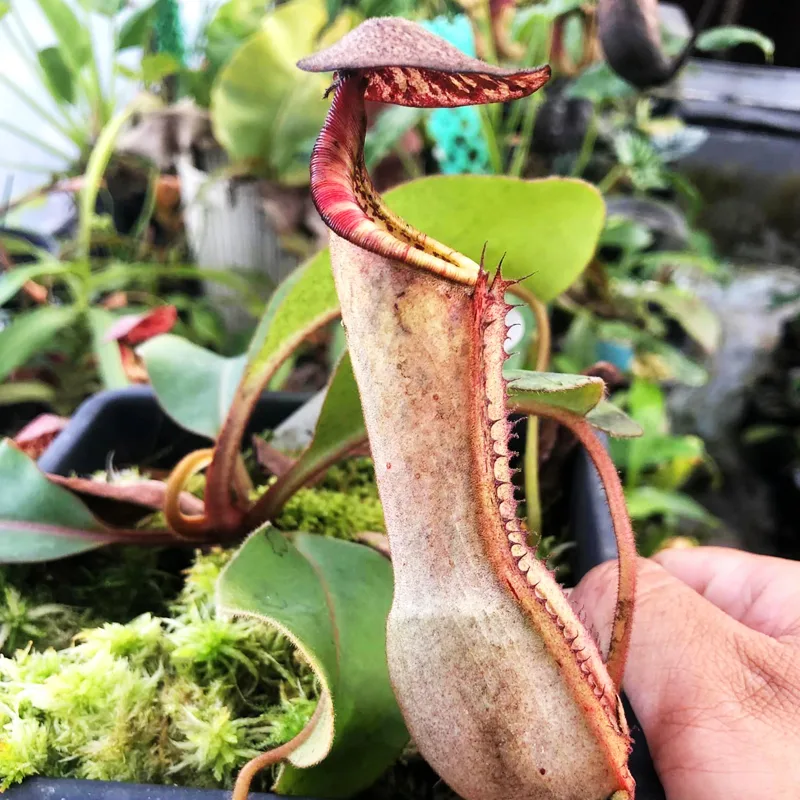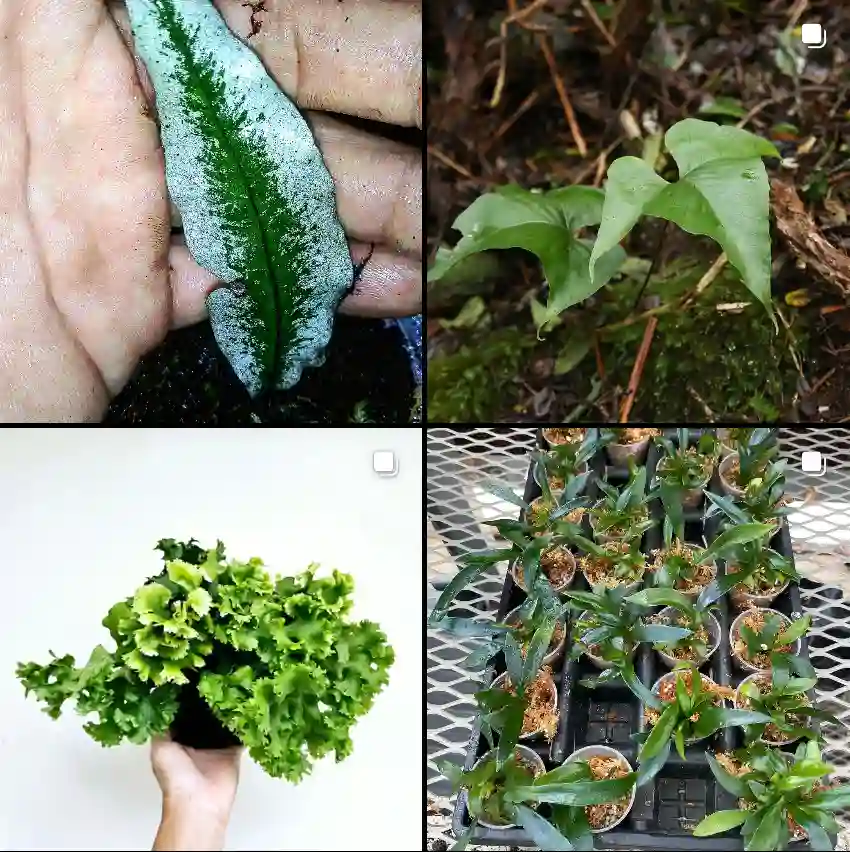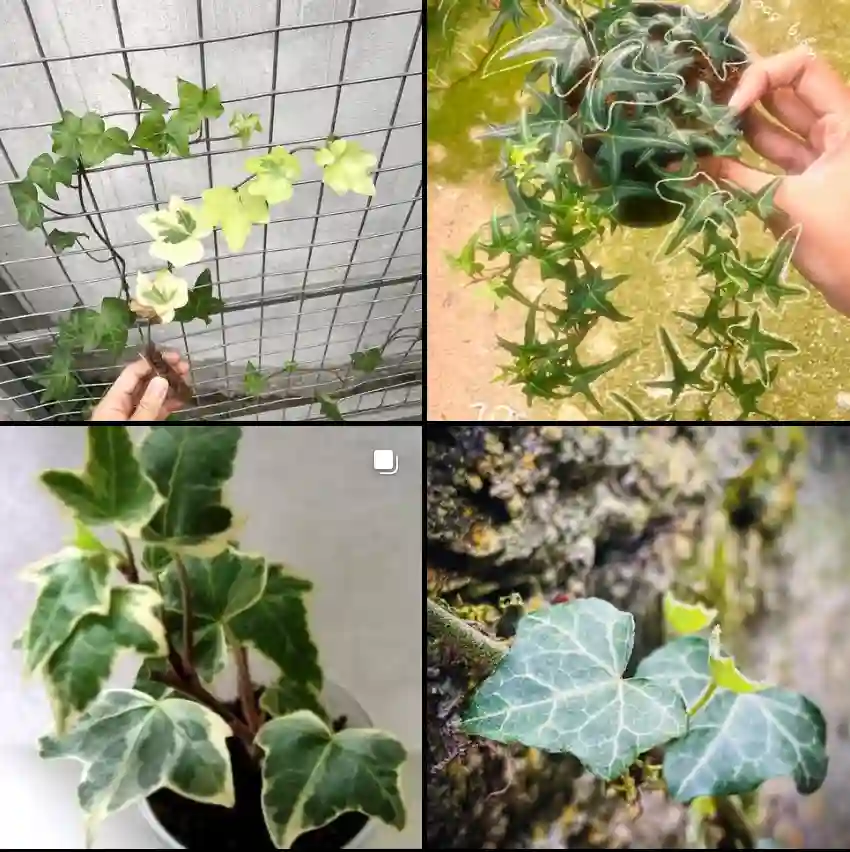
Anise Hyssop: A Fragrant Friend for Your Garden
As a herb enthusiast, I’m always on the lookout for new additions to my garden that are not only beautiful but also useful. Anise hyssop (Agastache foeniculum) recently caught my eye, and after some research, I was convinced it belonged in my herb haven.
Here’s everything I’ve learned about this lovely plant, from its characteristics to its uses in the garden and kitchen.
23 Species in Genus Agastache
What is Anise Hyssop?
Anise hyssop is a perennial flowering plant belonging to the mint family (Lamiaceae). Native to North America, it’s known for its fragrant, anise-scented foliage and vibrant blue flower spikes. Anise hyssop boasts several common names, including blue giant hyssop, fragrant giant hyssop, and lavender giant hyssop.
Hyssop vs Anise Hyssop
I found regular Hyssop(Hyssopus Officinalis) to have a sharper, more intense herbal flavor compared to the sweeter, licorice-like taste of Anise Hyssop, which I prefer for teas and desserts.
Anise Hyssop vs Korean Mint(Purple Giant Hyssop)
Korean Mint has a more cooling and refreshing flavor similar to peppermint, while Anise Hyssop offers a warmer, sweeter taste reminiscent of licorice, making each suitable for different culinary uses.
Anise Hyssop vs Lavender
Anise Hyssop’s subtle licorice notes complement desserts and teas with a delicate sweetness, whereas Lavender provides a floral, slightly bitter profile that pairs well with savory dishes and baking, depending on the recipe.
Where to Plant Anise Hyssop?
Anise hyssop thrives in full sun locations with well-drained soil. It tolerates a wide range of soil types, but excessively wet conditions can lead to root rot. If your soil leans towards clay, consider amending it with sand or compost to improve drainage.
This versatile plant can find a happy home in various garden settings. Here are some ideas:
- Herb Garden: Anise hyssop makes a fantastic addition to your herb haven. Its fragrant foliage complements other herbs like rosemary, thyme, and oregano.
- Flower Border: The vibrant blue flowers add a pop of color to your flower borders, attracting butterflies, bees, and hummingbirds.
- Back of the Border: Anise hyssop can reach a decent height, making it a perfect choice for the back of your borders, adding structure and visual interest.
- Pollinator Garden: Anise hyssop is a magnet for pollinators. Plant it in your pollinator garden to create a haven for these beneficial insects.
How Tall Does Anise Hyssop Grow?
Anise hyssop typically grows to a height of 3-5 feet, with a spread of about 1 foot. However, some cultivars may be slightly shorter or taller.
Is Anise Hyssop a Perennial?
Yes, anise hyssop is a perennial plant, meaning it comes back year after year with proper care. This makes it a cost-effective and long-lasting addition to your garden.
Is Anise Hyssop Invasive?
While anise hyssop readily self-seeds, it’s not considered an invasive plant. The seedlings are generally easy to control by deadheading the flowers before they go to seed or simply pulling out unwanted volunteers.
How to Grow Anise Hyssop?
Growing anise hyssop is a breeze. Here’s what you need to do:
- Planting from Seeds: Seeds can be sown directly outdoors in early spring after the danger of frost has passed. Alternatively, you can start seeds indoors a few weeks before the last frost date and transplant them outdoors once they’ve established.
- Planting from Transplants: You can also purchase transplants from your local nursery and plant them directly in your garden after the last frost.
- Spacing: Ensure proper spacing between plants, allowing at least 12-18 inches between each one.
How to Care for Anise Hyssop?
Anise hyssop is a low-maintenance plant. Here are some basic care tips:
- Watering: Water regularly, especially during the first year of establishment. Once established, anise hyssop is drought tolerant and can withstand periods of dry weather.
- Fertilizing: Anise hyssop doesn’t require heavy feeding. A light application of compost in spring is sufficient.
- Deadheading: Regularly deadheading the flowers encourages continued blooming throughout the season.
How to Harvest Anise Hyssop?
You can harvest anise hyssop leaves throughout the growing season. Simply pinch off the leaves as needed. For larger quantities, you can cut entire stems just below the leaf nodes.
Is Anise Hyssop Edible?
Absolutely! Anise hyssop leaves are edible and can be used in various culinary applications. The leaves have a licorice-like flavor with a hint of mint, making them a versatile addition to your dishes.
How to Use Anise Hyssop?
Here are some ideas for using anise hyssop in your kitchen:
- Fresh in Salads: Anise hyssop leaves add a unique flavor to salads.
- Infused in Tea: Steep fresh or dried leaves in hot water for a refreshing and calming tea.
- Seasoning for Meats and Vegetables: Anise hyssop pairs well with pork, chicken, fish and can be used as a marinade or sprinkled on top of roasted vegetables for a licorice-tinged twist.
If i die, water my plants!



